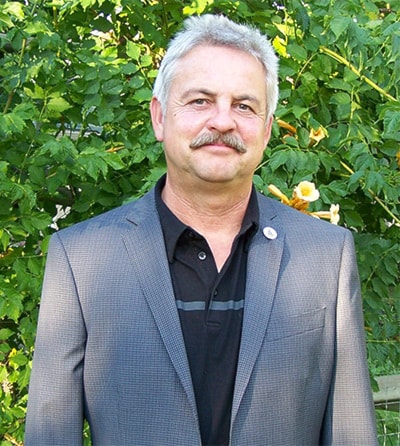FortisBC’s new two-tier electricity rate is working as expected but drawing an undue share of criticism, the company said in a new report that’s already been written off by one opponent.
“The group that is negatively affected is far smaller than is reflected by the publicity garnered by the rate,” reads a portion of the report, which examines impacts of the so-called conservation rate and was filed last week with the B.C. Utilities Commission.
After receiving 150 customer complaints, the BCUC ordered FortisBC to study the effects of the new rate structure, which was implemented in July 2012 to decrease energy use.
Under the new system, which was mandated by the provincial regulator under direction from the B.C. government, the cost of electricity in a two-month billing period was reduced for all consumption under 1,600 kilowatt-hours, but increased for power used above that threshold.
“The results show that customers with electric heat and without access to natural gas have higher than average annual consumption which leads to a higher than average impact due to the implementation,” the report concluded.
Nick Marty, who lives with his wife near Osoyoos and is one of many rural FortisBC customers for whom natural gas is not available, instead relies on electricity to run a heat pump.
His power bill for the two months ended mid-April 2012 was $626.79 under the old flat rate. It rose to $757.45 for the same period in 2013 with the new two-tier rate, despite the couple’s usage actually declining by 89 kWh to 5,848.
“The impact is seasonal, right? In the middle of winter, I get clobbered,” said Marty, who retired six years ago from the energy policy branch of Natural Resources Canada.
“Basically what it is, is a wealth redistribution rate. It’s taking money from rural customers and in effect, recycling it back to city dwellers.”
FortisBC’s study assessed the bills of 97,000 residential customers and found that 70 per cent of them are paying less under the conservation rate.
It also determined that 8.2 per cent of customers saw an increase of between 10 and 20 per cent on their bills, and 0.4 per cent of ratepayers endured a spike of more than 20 per cent.
“The report didn’t bring anything new that we didn’t already know, that people who rely on electric heat only and the ones who don’t have the means to hook up to gas are the worst off,” said Keremeos Mayor Manfred Bauer, who’s been leading political opposition to the conservation rate.
He noted, however, that people who are hardest hit, like pensioners, are least able to afford the increase.
Prior to the report’s publication, politicians had called for an adjustment of the rate’s 1,600 kWh threshold, but FortisBC has indicated that’s easier said that done.
The problem lies in the BCUC’s requirement that the new rate be revenue neutral, that customer impacts fall within an approved range, and that it result in power conservation.
“To move the threshold up would mean we’d have to move one of the rates and that would then mean some customers are going to pay more,” said FortisBC spokesman Neal Pobran.
“If there are changes, there’s going to have to be some sort of trade-off between conservation encouragement and customers paying for this change.”
It’s unclear what the BCUC will do with the study.
“We have received the report and will begin its review in the near term,” Kristine Bienert, the BCUC’s acting director of customer relations, said in a statement.
“Until it has been reviewed, I am unable to comment on the commission’s next steps nor the timeline.”
All told, the conservation rate has saved between 23 million and 52 million kWh of electricity in its first year, the report estimated.
That’s enough to power up to 1,766 average Canadian homes for a year, according to Statistics Canada data.
